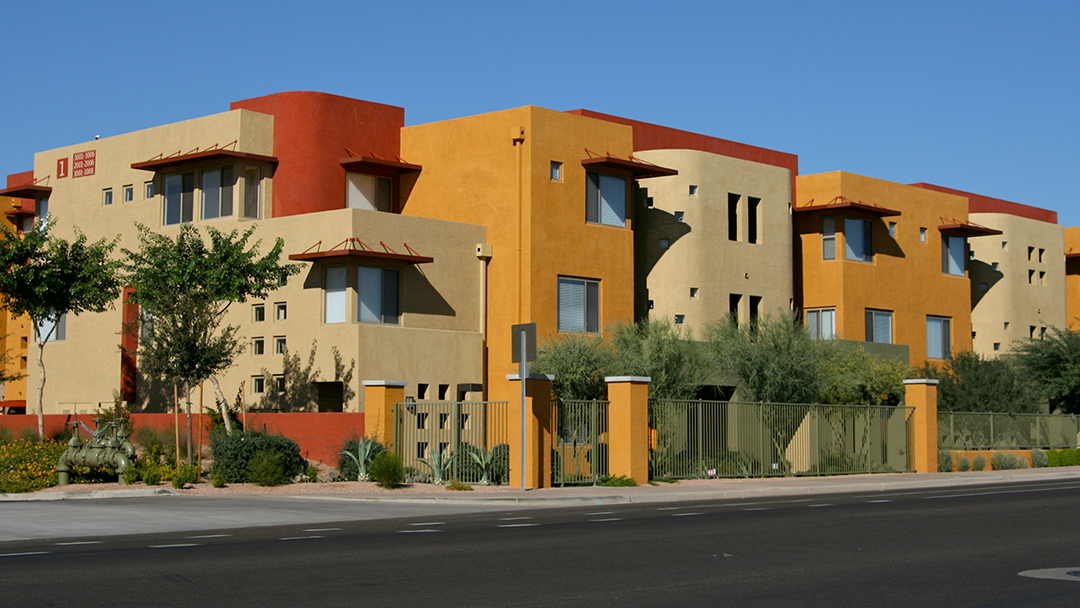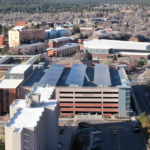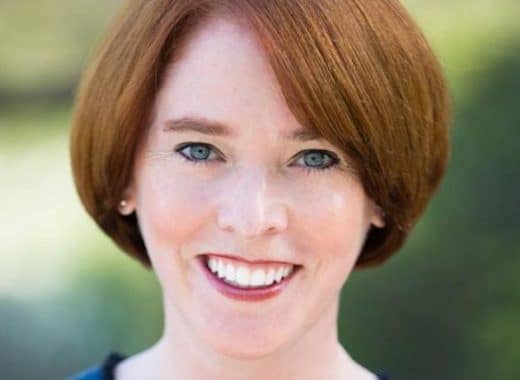The fastest growing expense across the U.S. was property insurance, which spiked an astounding 28% year-over-year, in part due to extreme weather events. Arizona ranked 4th in the nation for property insurance increases, according to CNBC.
Other apartment owner expenses rose by the following percentages:
-
Administrative: 10%
-
Repairs and maintenance: 9%
-
Payroll: 6%
-
Utilities: 4%
-
Taxes: 4%
-
Management: 3%
-
Marketing: 12%
“I can confirm unequivocally since COVID, the cost of maintenance, insurance and repair of properties has significantly spiked,” said Chris Hughes, owner of Residential Property Investment and Management in Peoria. “It’s enormous.”
Hughes, who has been in the business 25 years, said he has had to raise some rents to stay afloat, which has caused more resident turnover. But the company is keeping housing prices as low as possible to reduce vacancies.
“Our rents are below market on most of our properties because we try to keep them affordable,” Hughes said. “That’s why we don’t have very much turnover or problems keeping our residents.”
Many expenses are beyond owners’ control
Metro Phoenix’s average rental expenses were below the national average in 2022, the report found. But in 2023, maintenance costs exceeded the national average, though not as high as Florida cities that were hit by hurricane-related insurance premium hikes.
“Expenses are an increasing conundrum for multifamily owner/operators, especially because growth is connected to larger economic forces such as the labor pool, supply chains and higher mortgage rates that pushed debt-service payments higher,” the report stated.
“(T)he labor market continues to be tight, which feeds into high administrative and payroll costs for apartments,” the report added. “Likewise, supply chains have repaired to a great degree from the height of the pandemic, but repair and maintenance costs are stubbornly high due to increasing costs of labor and materials that are impacted by forces including energy and delays in global shipping lanes.”
With demand for maintenance workers anticipated to remain high, the Arizona Multihousing Association partnered in 2022 with local and national groups to launch an apartment maintenance training program.
Students learn skills such as maintenance and repair for indoor and outdoor buildings, electrical, plumbing, heating, air conditioning and appliances, as well as leadership and life skills.
Rents have not kept pace
Rising property expenses are eating into many apartment owners’ profits. Average rents have not kept pace with inflation-driven costs, the data shows.
Rents grew by about 22% nationally from 2019 to this year, according to Yardi Matrix, while owner expenses rose by 26% across the country during that time.
A lack of sufficient rental units in recent years had pushed monthly rents higher.
But Yardi Matrix forecasts that dynamic is over.
So-called “sun belt” markets like Phoenix, Austin, Charlotte, Nashville and Orlando are experiencing a wave of new multifamily communities opening up, putting downward pressure on rents.
Multifamily operators will need to tighten their belts and streamline operations with tools such as Yardi’s software, the report indicated. Otherwise their profits are “in danger of flattening or turning negative.”
“The upshot is that property owners can’t expect robust income growth to continue to outstrip rapid growth in expenses,” the report said. “Profitability will be at risk if expense increases do not moderate during a period when rent growth is forecast to remain weak.”
Hughes echoes that it can be challenging to be a rental investor right now. But he believes the tide is turning.
“Hang in there,” he said. “I’ve watched (the landscape) change over the last 18 months, and supply and demand seems to be leveling out.”









